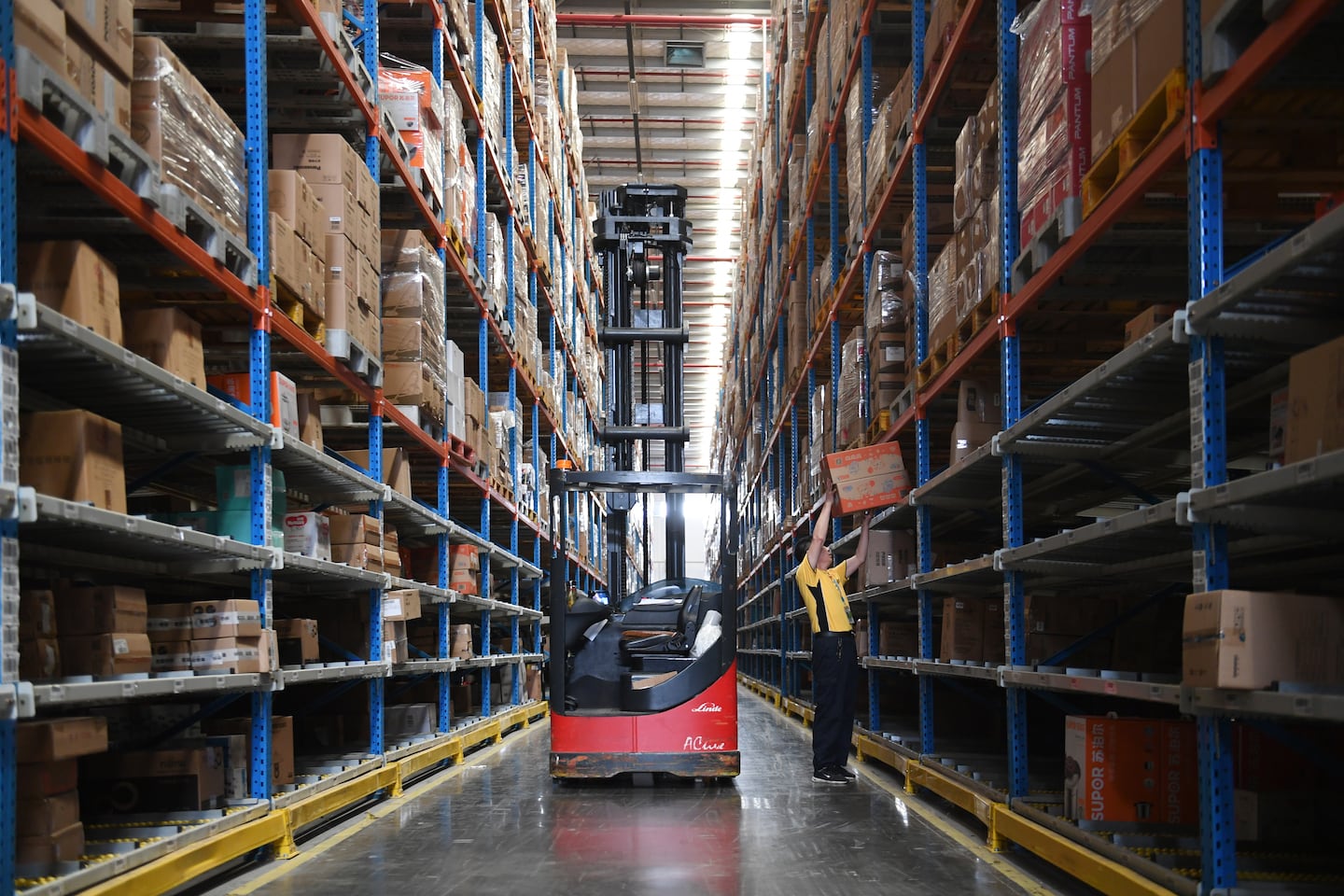
The Business of Fashion
Agenda-setting intelligence, analysis and advice for the global fashion community.

Agenda-setting intelligence, analysis and advice for the global fashion community.

Peak Online Shopping
The sudden shift of billions of dollars in spending online was arguably the biggest fashion trend of the pandemic. Consumers grew more comfortable with buying clothes online while stores were closed, and many showed little inclination to return to old habits once they reopened. A host of e-commerce start-ups, including the resale platforms Poshmark and ThredUp, seized the moment to go public. But Amazon’s disappointing revenue figures last week may signal an end to the boom times is here. Executives there acknowledged a link between the end of lockdown restrictions and slower growth. Many online fashion brands and retailers were already seeing sales rise at a more modest rate compared with last year’s spike.
Slower growth is still growth, and it remains true that e-commerce sales are rising faster than brick and mortar by a wide margin, as was the case before the pandemic. Online retailers are therefore unlikely to yield back the marketshare they gobbled up in 2020. They are already using their new scale to consolidate their gains and embark on new expansion plans, from entering international markets to opening physical stores. Nevertheless, if it appears e-commerce is cooling, that creates uncertainty for next wave of fashion IPOs, a class that includes Rent the Runway and Warby Parker, among others.
The Bottom Line: A slowdown was inevitable. Now we will see which companies have a vision for longevity and which were just riding the pandemic high.
ADVERTISEMENT
Inflated Expectations
Inflation is a foreign concept to nearly two entire generations of consumers. But it’s here now, as demand for goods of all kinds roars back from the pandemic while supply chains struggle to keep pace. Economists debate whether the effects of this displacement are temporary. Regardless, rising prices play into the long-term strategy of many American brands, including Coach, Michael Kors and Ralph Lauren, which have long strived to reposition themselves as closer to luxury labels. Kors owner Capri, as well as Ralph Lauren, have seen these efforts accelerate this year thanks both to rebranding campaigns and the underlying economic dynamics.
Mass-market brands may not have luxury aspirations, but are looking to wean their customers off of year-round promotions. Inflation has created cover to rein in discounts and in some cases raise prices. Last year’s turmoil at discount-heavy retailers like J.Crew and the newly spun-off Victoria’s Secret means there’s a critical mass of brands whose new backers may be ready to try a tactic that doesn’t centre on 40 percent off sales.
The Bottom Line: The formula for raising prices is similar whether you’re selling $15 T-shirts or $800 handbags; regaining pricing power comes down to giving consumers a reason to desire a particular brand – and not just because it’s $2 cheaper than the lookalike competitor. That’s easier said than done.
Into the Metaverse
Virtual fashion as a mainstream category is always just around the corner. The stars have never quite aligned — the technology wasn’t advanced enough, consumer demand was unpredictable and fashion brands are hesitant to adopt new technologies and sales channels. Some of those barriers are now gone. Multiplayer online games like Fortnite are hugely popular and firmly part of the cultural landscape. After years of dabbling, brands ranging from Uniqlo to Gucci have enough experience with digital fashion to give it a proper try should they desire.
Enter the metaverse. It’s the latest buzzword for an old concept — the idea that people will spend their lives in virtual worlds, seamlessly moving between work and play much as they do in reality. In theory they’ll want to shop this way too, and some brands are no doubt already planning immersive online shopping experiences to populate the future malls of the metaverse. The pandemic has certainly made this concept less farfetched.
The Bottom Line: For now at least, the metaverse remains siloed inside games like Fortnite and Roblox, or competing NFT platforms, a confusing landscape to navigate for brands unfamiliar with the concept. Many companies are no doubt working on the metaverse equivalent of the browser, which made it easy for the masses to traverse the web. Until then, the virtual reinvention of retail is likely to remain just over the horizon.
ADVERTISEMENT
The Week Ahead wants to hear from you! Send tips, suggestions, complaints and compliments to brian.baskin@businessoffashion.com.
As the German sportswear giant taps surging demand for its Samba and Gazelle sneakers, it’s also taking steps to spread its bets ahead of peak interest.
A profitable, multi-trillion dollar fashion industry populated with brands that generate minimal economic and environmental waste is within our reach, argues Lawrence Lenihan.
RFID technology has made self-checkout far more efficient than traditional scanning kiosks at retailers like Zara and Uniqlo, but the industry at large hesitates to fully embrace the innovation over concerns of theft and customer engagement.
The company has continued to struggle with growing “at scale” and issued a warning in February that revenue may not start increasing again until the fourth quarter.